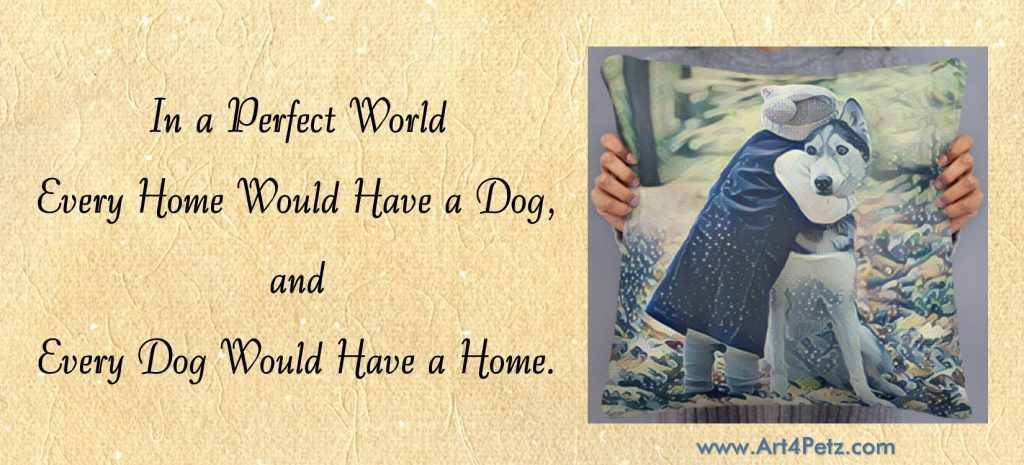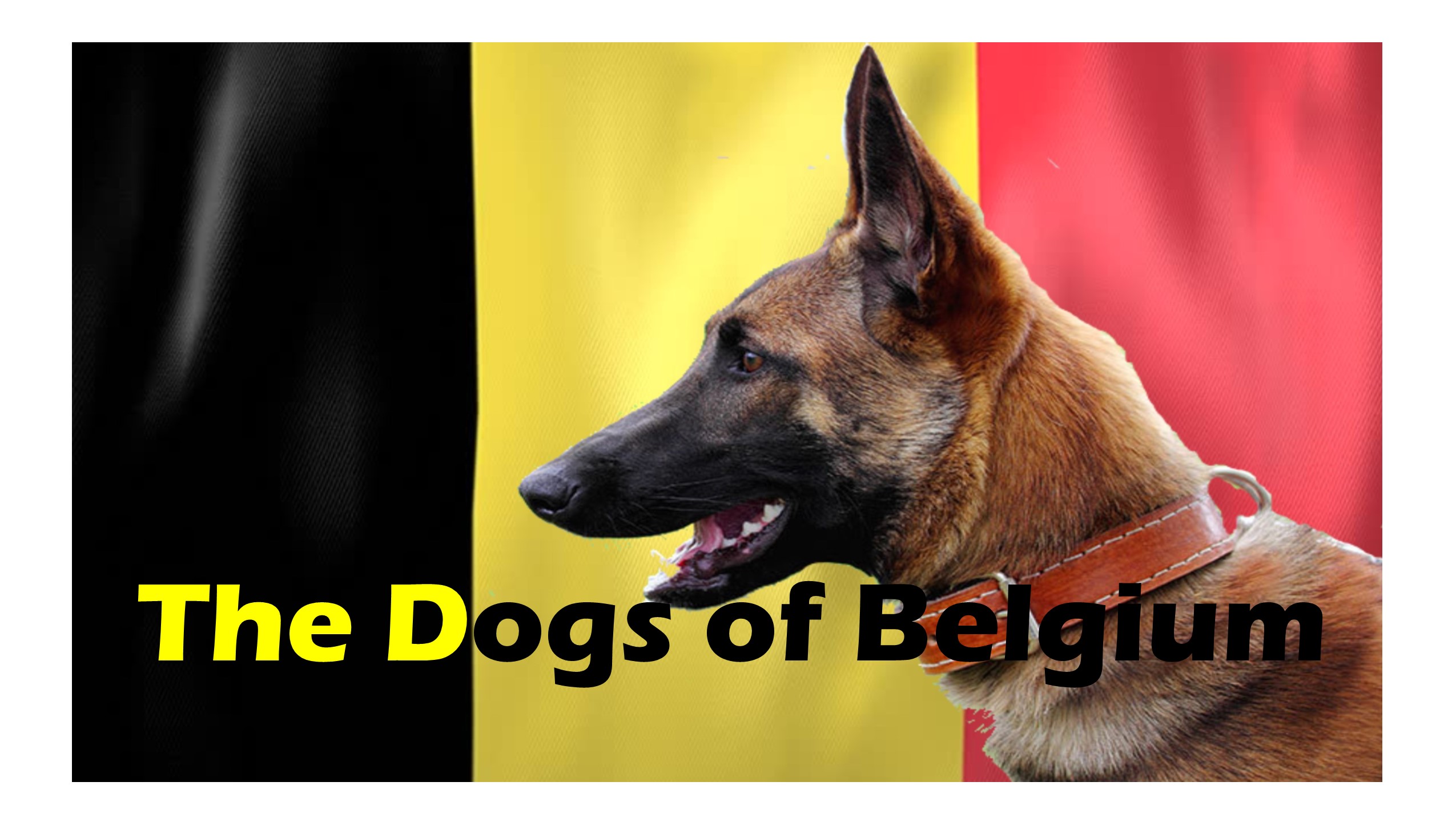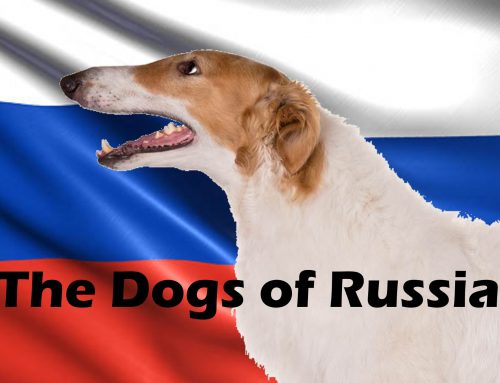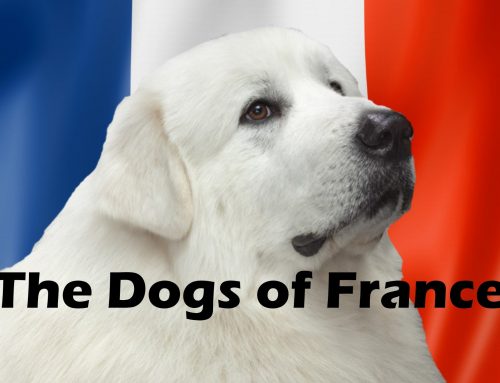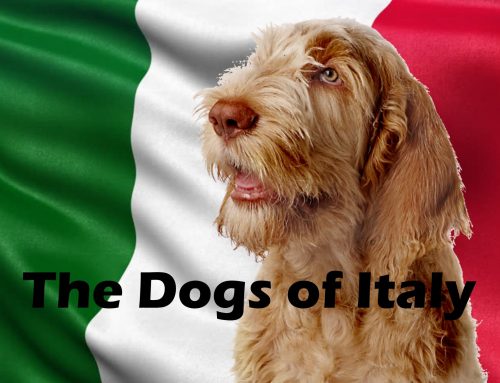Belgium, officially the Kingdom of Belgium is a small country located in Western Europe that shares its borders with France, Germany, Luxemburg and Netherlands.
There are three official languages in Belgium. Dutch, spoken by just under 60% of the population, mainly by the Flemish to the north in the Flanders area. French is spoken by around 40% of the population and mainly to the south in the Wallonia region. There is a small group of German-speakers in eastern Wallonia. Nearly all Belgians live in cities, the country has an urban population of over 97%.
It was a Belgian, the priest and physicist (apparently not a contradiction in terms) Georges Lemaitre, who first came up with what is now called the Big Bang theory of the origin of the universe in 1927. The theory is often attributed to Edwin Hubble, although records show Lemaitre published a similar theory two years before Hubble.
Belgium is officially home to some of the most beautiful and unique dog breeds. Who knew!
If you’re thinking of welcoming a Belgian breed puppy into your home, it may be useful to know the answers to the following questions:
- What are the origins and what jobs were Belgian dog breeds originally bred to do?
- What qualities do different Belgian dog breeds have?
- What are the potential health issues of Belgian dog breeds?
- Finally, what role do Belgian dog breeds play in today’s society?
Let’s take a look at each of the different Belgian breeds in more detail.
From the Bouvier des Flandres to the Belgium Malinois, their breed names may be hard to pronounce but these dogs are easy to love!

The Belgium Malinois
The majestic Malinois dates back to the 1800’s. It originated in the area around the city of Malines, Belgium.
Belgium Malinois’ are one of four varieties of Shepard dogs that some consider are the same breed, differing in coat color, texture, and length. They are named for the towns and suburbs near Brussels where each was first bred. Most countries still consider them a single breed, but the American Kennel Club gives each variety separate status.
Like the other Belgian Sheepdogs, the Malinois is smart, self-assured, loyal, and honest. He is extremely sensitive and very family-oriented. Devoted and protective, the Malinois likes to spend as much time as possible with his owners. Police value the Malinois for his keen intelligence and willingness to work.
The Belgian Malinois has been selectively bred for its working character. While the Malinois was originally bred as a sheep-herding dog, their intelligence, trainability, and tenacity have led this breed to serve as police and military dogs and guard dogs. This type of work is their main occupation and what they were bred to do.
They are also active and competitive in conformation, obedience, herding, sledding, agility, therapy, and tracking.
The other three Belgium Shepard dogs are:
-
The Belgian Tervuren (Ter–vyour–en) is the long-haired fawn variety named for the village east of Brussels. The Terv demonstrates keen intelligence and easy trainability
-
The Laekenois (Lack–in–wah) is the most recent of the Belgian shepherd breeds to become established in the U.S. It is the fawn rough-haired variety that hails from the town of Laeken.
-
The Belgium Groenendael (Grown–en–dahl) is the long-haired black dog. Although it’s often mistaken for a German Shepherd Dog, the two are not related.

The Bloodhound
Decending from the Tibetan Mollos, the Bloodhound is a very old breed, brought to Gaul and England by Roman legions. Later it was developed in a monastery in Arduinna, thanks to the missionary Saint Hubert, hence the name, where it preserved its purity for a couple of centuries. It was very appreciated at royal courts and for pack hunting.
This sweet dog with long ears and saggy jowles has a long and noble history. The breed was perfected in the 7th century by St. Hubert of Belgium and his monks. Since then, these dogs have frequently been associated with royalty. William the Conqueror brought several bloodhounds with him when he arrived in England in 1066, and modern bloodhounds are descended from those dogs. Meanwhile, back in Belgium, St. Hubert’s monastery continued to present the king of France with a pair of black and tan bloodhounds every year.
Bloodhounds are intelligent, serious, active, gentle, friendly dogs, persistent especially when tracking its wounded prey, following the blood trail, hence the name of Bloodhound; it doesn’t bark much, but it barks loudly. They have a keen sense of smell, they are lively, well-balanced, but stubborn and independent.
The Bloodhound is a large scent hound, originally bred for hunting deer, wild boar and, since the Middle Ages, for tracking people. Believed to be descended from hounds once kept at the Abbey of Saint-Hubert, Belgium, it is known to French speakers as the Chien de Saint-Hubert.
These gentle dogs are patient, noble and mild-mannered animals. They’re especially good with children and is known to be exceptionally tolerant of tots who clamber over him. He also generally gets along well with other animals.
But beneath this mild-mannered demeanor, however, run deep streaks of determination and independence. A bloodhound has a mind of his own, and tends to make his own decisions rather than obey his owner’s commands. Especially if he detects an interesting scent, he will follow the scent with determination until he finds it.

The Bouvier des Flandres
The Bouvier des Flandres or Flanders Cattle Dog was raised and developed in the Flanders area in Belgium. It was formed by crossing mastiffs with spaniels and sheepdogs. Even though it’s a couple of hundreds years old, it was only recognized in 1910. This breed was improved by Captain Darby of the Belgium army. It also spread in other states in Europe (France, Italy, Netherlands and Germany) and since 1930 in the United States of America. It was used in the First World War as a messenger or transporter of drugs.
Their protective nature makes them excellent watch dogs. They will defend their family but they are not aggressive without reason.
They are pretty independent so training is important but they’re very intelligent and learn quickly. They also need stimulation and want to have a job to do, whether it’s herding, guarding, obedience, or rescue work.
They adore humans and make a great family pet!

The Brussels Griffon
As the name suggests, Brussels Griffons originated in Belgium. Experts believe that Toy English Spaniels, Pugs and Affenpinschers were bred together to be the Brussels Griffon it is today.
Their short and sturdy bodies allowed them to easily catch small animals like rats and other rodents that were lurking in stables and farmland. Finally, by the late 1800’s, Europeans developed a written standard for this breed which outlined their signature appearance and personality. Queen Marie Henriette became quite fond of them and starting breeding them and made them quite popular.
During the 1800s, this breed was used for their impeccable hunting skills. By 1900, this dog was recognized by the American Kennel Club as an official breed in America.
These dogs are devoted to their master, affectionate and playful with children, but suspicious of strangers. They get along well with other dogs and other household animals. They are very eager to learn, lively, jolly, playful, even restless, curious and sociable.
Empty nesters are great for this breed because they are able to provide the attention and care the Brussels Griffon needs and can be the most loving and loyal pet!

The Papillion
The Papillon descends from the toy spaniels that are frequently portrayed in paintings by the Old Masters, from as far back as the 16th century. He’s highly active and is a wonderful competitor in agility and obedience. His sparkling personality makes him a favorite of all who meet him.
Papillons have a twin, the Phalene. The primary difference is the Papillon has straight ears and the Phalene has droopy ears. Otherwise, they have the same origin, characteristics and personality.
This expressive little dog has been known for over 500 years! It appeared in paintings of artists like Titian, Rubens, Rembrandt, and Van Dyck and sculptures from the 15th century.
They were favored at the royal courts of France. King Henry III of France was a great lover of this breed so they are considered to have a French origin. One of the oldest of the toy spaniels, they are a sweet, precious and stately dogs.
The Papillon derived its name from it’s characteristic butterfly like look of the long and fringed hair on it’s ears.
This little dog is highly active and is a wonderful competitor in agility and obedience. His sparkling personality makes him a favorite of all who meet him.
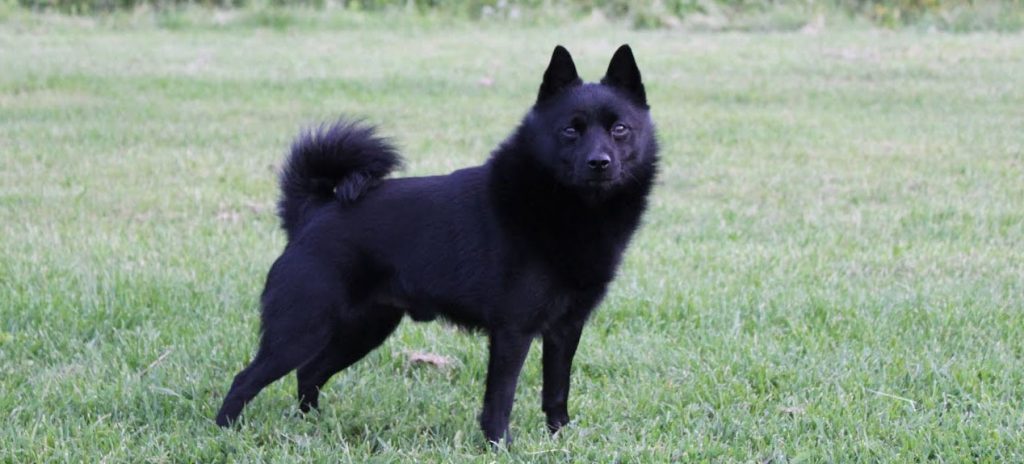
The Schipperke
The Schipperke is nicknamed the “Little Black Devil” for their energetic and mischievous nature. The are highly curious and inquisitive and are always observing their surroundings.
Schipperke’s have a wolf-like appearance with two layers of fur, a soft inner layer and a rough, thick outer layer.
They are very strong dogs and would require an owner who is equally strong and bold. These are not the dogs for the meek and mild. They have a high energy level and will demand at least a half hour of activity every day, and preferably more. Be sure to confine the Schipperke to a securely fenced yard.
There are different theories regarding the Schipperke’s origin. One credible theory states that this dog originally belonged to boatmen, who traversed from Brussels to Antwerp. In fact, a “schip” is a boat in the Flemish language and Schipperke means a small boatman. However, Belgian townspeople did not refer to the breed as Schipperke but as a spitz.
As the breed looks like a miniature Belgian Sheepdog, the name Schipperke may have been derived from “scheper,” a word for shepherd.
*************************
Sign up at the top of our Blog Page and save 20%off site-wide!
